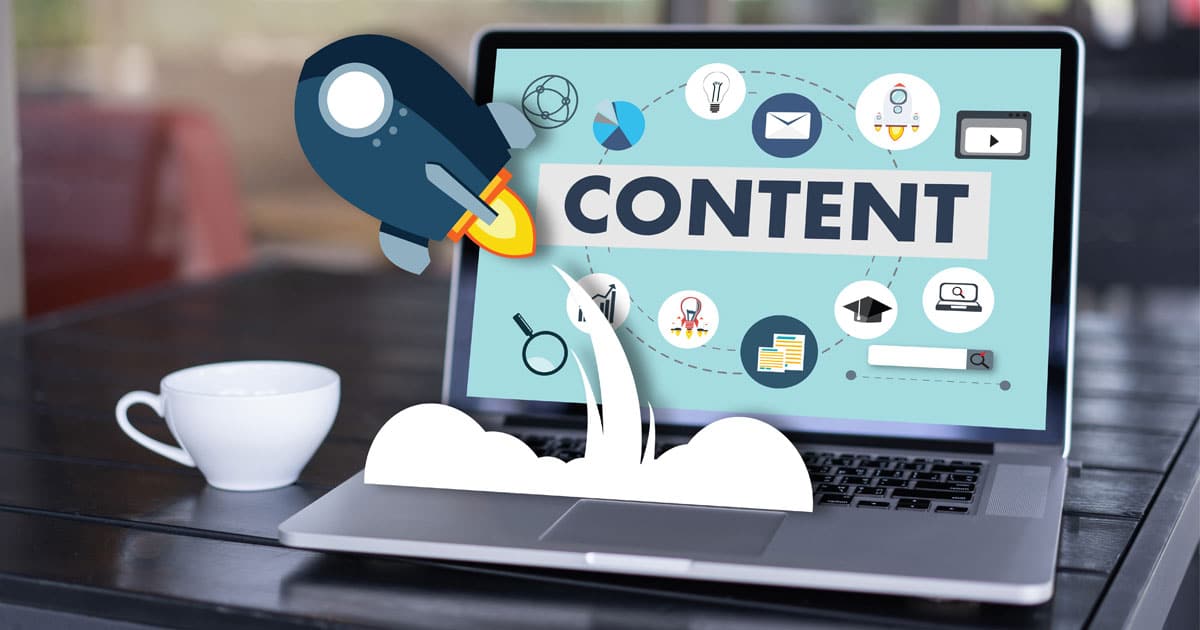Digital marketing can be overwhelming these days, especially if you have a small team. Between the ever-evolving digital landscape, the overwhelming amount of new best practices to follow, and seemingly infinite number of new tools and solutions to vet it can be hard to get a sound footing.
It’s not hard to see why so many companies have an inconsistent digital marketing strategy if any at all.
If you find yourself running uphill in this digital sand without solid direction or worse, too many directions, stop and focus on who you are trying to communicate with, your target audience. Identifying and defining your target audience will improve your marketing efforts across the board and help identify where and how you should be placing your efforts. Targeting and personalization is key to today’s marketing.
A target audience is a specific group or more likely groups of people who share similar characteristics and would be interested in your company’s, products, services, or information.
How To Identify Your Target Audience
Identifying your target audience isn’t something you just want to trust your gut on, and you don’t have to. Thanks to the digital age you have access to real data to help you figure out who is interested in your offerings, and you can find creative ways to source and analyze this data. Here are a few ways to get you started.

Your Company’s Current Data
There is already a good chance you are already sitting on the data necessary to identify who you should be communicating with. If your company has been doing business for a while, look at who your customers already are.
Meet with your sales and customer service teams and see who they mostly communicate with. If you don’t already have a CRM (Customer Relationship Management), implement one, and make sure everyone is trained on what information to enter and track.
Turn to the information in your CRM. As mentioned above, a CRM is an invaluable tool for tracking, separating, and analyzing customer data. If your CRM is properly configured, used, and maintained you should be able to comb through the information and identify commonalities between your customers.
Data from your current marketing efforts. Who is already following and interacting with you on social media? Who is acting on your paid advertising and marketing emails you send? Each of your social media channels also have analytics into your audience. You can even get info into the posts that best resonate with your audience.
Google Analytics is a great place to look for the demographics and interests of your audience. You can dig into information about your audience’s location, age, gender, interests, time of day they are on your site, and more. You can even see what search terms they are using to find your website, what pages they are visiting and the actions they take on your site.
You can also gain insights into your target audience through surveys and contests.
Need Help With Your Digital Marketing & Social Media
Force 5 Can Help, Learn How Here.
Your Competition
Nothing wrong with a little friendly competition. You already know the other companies in your industry, and you know they are targeting the same audience as you. Look into their messaging, what platforms they are on and who is consuming their content, what’s working and what is not.
You can use tools like Semrush and SE Ranking to investigate your competitor’s website analytics, and audience demographics. Tools like these give you great insight, especially if you are just starting out and don’t have any firsthand data to work from yet, or don’t have the bandwidth to investigate and experiment on your own.
Get Creative
You don’t need to stick to the beaten path to find your target audience, you just need to figure out ways to measure what already exists.
For example, we had a client who was having difficulty identifying their target audience due to the lack of digital data. We came up with the idea for them to have a photo station at their event for people to pose and get their picture taken. From those images, the company could identify some key characteristics about their audience. This isn’t meant to tell the complete story but can be used as a piece of the puzzle as to who their audience is.
Continue To Use And Build On Your Audience’s Data
Identifying your audience isn’t the end of your journey but the beginning. From your target audience you can dig in further and create buyer or user personas. Remember that your audience and customer’s behaviors change over time, so continue to research and monitor your and your competitor’s audiences.
Use this information to create more personalized communications and focus your marketing efforts on where your audience is. This will save you time, money, and improve the ROI of your marketing.
If you need some assistance identifying your target audience give us a call at 574.234.2060, or fill out our contact form here, we would love to help.



